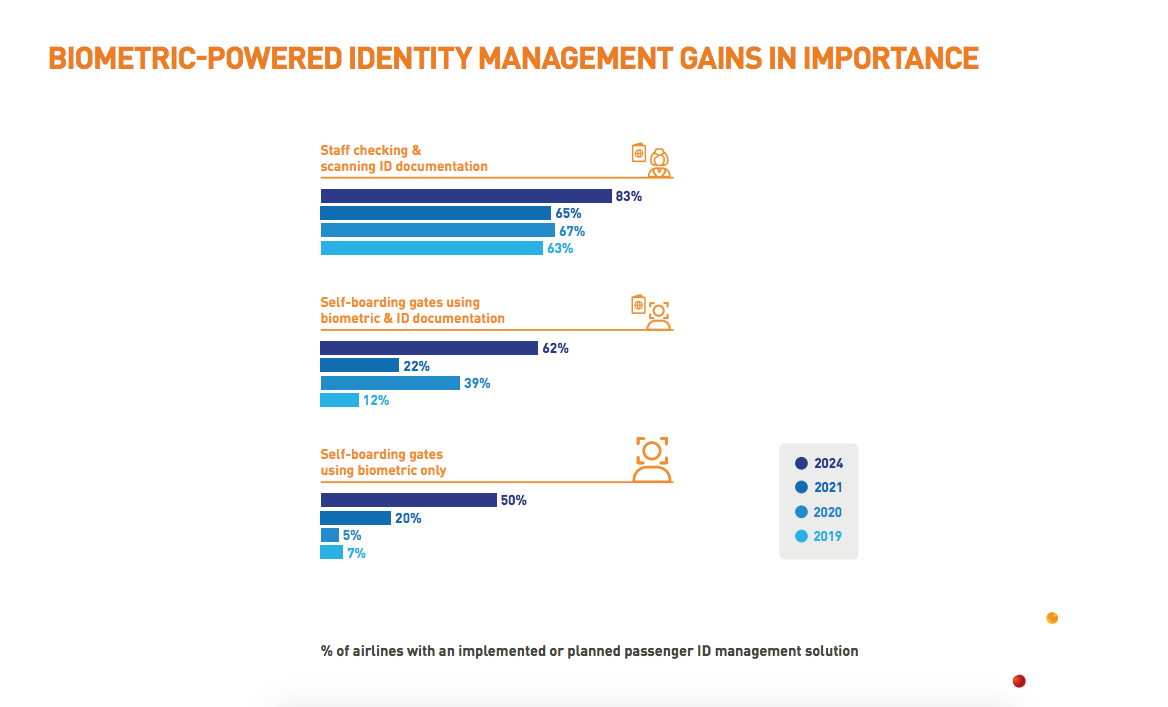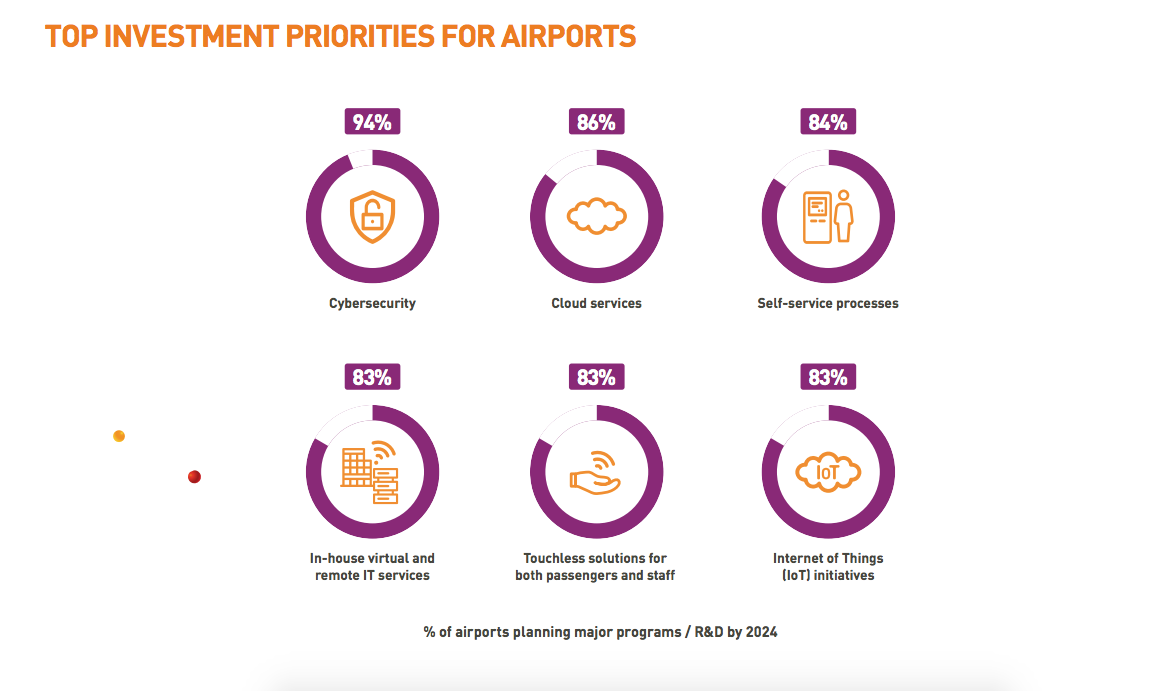Airline travellers and staff would have found a number of technological transitions across functions in the past couple of yrs. Nonetheless, extra revolutions are on the way, with the airline IT sector eager to strengthen providers throughout four critical regions.
SITA, the main IT provider to the air transportation market, identified the core departments to get the job done on with its companions. While there has been headway in these fields, the organization feels there is a good deal of place for development. The four areas are broken down by:
Digital identities
Self-boarding is however a main part of airline system pertaining to passenger id administration. 22{2c093b5d81185d1561e39fad83afc6c9d2e12fb4cca7fd1d7fb448d4d1554397} of carriers have launched self-boarding gates using biometric and ID documentation, and this determine is expected to increase to 62{2c093b5d81185d1561e39fad83afc6c9d2e12fb4cca7fd1d7fb448d4d1554397} by 2024. Airlines and alliances alike are eager to increase the use of biometrics. Just this 7 days, Star Alliance shared that it needs 50 {2c093b5d81185d1561e39fad83afc6c9d2e12fb4cca7fd1d7fb448d4d1554397} of its associates to use biometrics by 2025.
Airways are prioritizing passenger id management. Picture: SITA
Safety and basic safety at airports
81{2c093b5d81185d1561e39fad83afc6c9d2e12fb4cca7fd1d7fb448d4d1554397} of airports foresee that their absolute IT invest will continue to be secure or improve this year compared to 2021. Amid the increasing dependence on know-how, digital services, and distant do the job traits, cybersecurity initiatives are at the top rated of the agenda for ground organizations, with 94{2c093b5d81185d1561e39fad83afc6c9d2e12fb4cca7fd1d7fb448d4d1554397} of airports investing in technologies in this area. There have been normal studies of bomb threats in excess of the previous several months, so we can anticipate protection financial commitment to maximize in this next chapter.
Airports are paying significant on cybersecurity. Photograph: SITA
Innovative analytics and data administration
About the upcoming a few yrs, carriers strategy to continue on spending cash on information administration and business enterprise versions as a result of business intelligence software program. Notably, 70{2c093b5d81185d1561e39fad83afc6c9d2e12fb4cca7fd1d7fb448d4d1554397} of airways are investing in data exchange systems, 82{2c093b5d81185d1561e39fad83afc6c9d2e12fb4cca7fd1d7fb448d4d1554397} in artificial intelligence, and 62{2c093b5d81185d1561e39fad83afc6c9d2e12fb4cca7fd1d7fb448d4d1554397} in Radio Frequency Identification (RFID) monitoring. It truly is not just passenger facts that carriers are on the lookout to concentrate on. Data and AI will mix to assist lower airline gasoline use and reduced emissions, bringing us to the following concentration place.
Sustainable choice electricity resources
SITA recently highlighted to Easy Flying how carriers are turning to technologies to help counter climbing gas expenditures. This summer months, IATA’s Jet Gas Price Index doubled considering that final calendar year, producing airways to benefit from programs this sort of as the eWAs pilot alternative and Basic safety Line’s OptiFlight to enable lessen gas consumption and limit plane carbon emissions at critical flight phases.
Stay knowledgeable: Sign up for our daily and weekly aviation news digests.
SITA acknowledges that there is however get the job done to be performed the two in the air and on the ground. So, SITA not long ago appeared at the likely for immediate air carbon capture at well-known places this kind of as London Luton and San Francisco Global Airport.
With a obvious path in this restoration period of time, SITA, declared the introduction of its Launchpad partnership application, with the aim of collaborating with important allies. With this initiative, the outfit is catalyzing its investment decision in new alternatives that produce smarter approaches of deploying fashionable tech.
Overall, SITA is identified to align with aviation and non-aviation entities to push innovation and experiment with new sustainable answers. As SITA CEO David Lavorel points out:
“We are committed to enabling the growth of the air transport marketplace by means of smart engineering and solutions. We have seemed thoroughly at the industry and determined key parts the place we can have a sizeable impact and help our customers function smarter. We have a robust investment decision and innovation plan to aid these locations which are central to the progress of SITA. To speed up this application, we are inviting new partners doing work in these 4 parts to sign up for us so we can reshape the air travel industry together.
Furnishing IT options to additional than 400 air transport sector users and 2,500 shoppers across the globe, SITA has built its presence to extend in excess of 1,000 airports. Thus, we can anticipate a considerable enlargement in the utilization of new systems to make improvements to airline functions in the coming years.
What are your feelings about these four concentrate places? What do you make of the overall strategies? Let us know what you think in the comment part.

